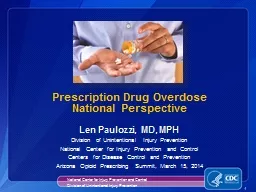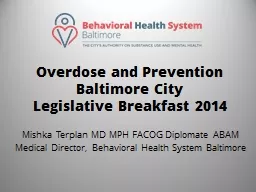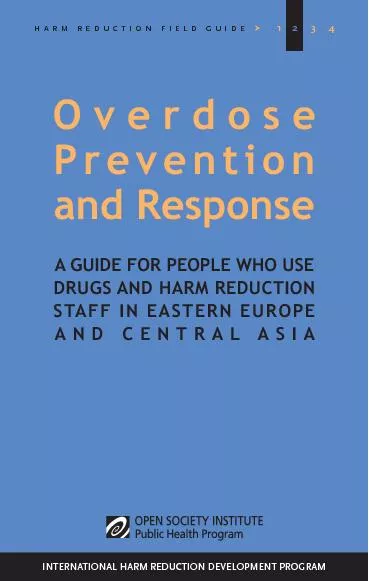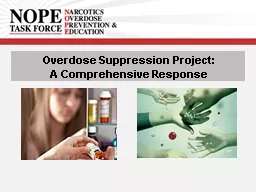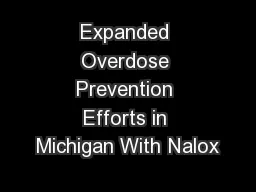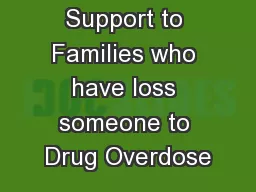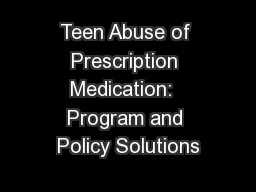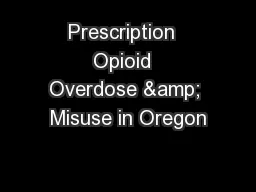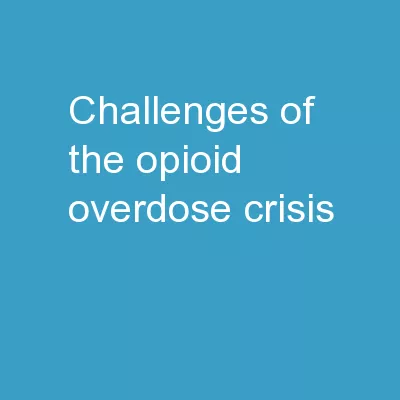PPT-Prescription Drug Overdose
Author : lois-ondreau | Published Date : 2018-03-20
National Perspective Len Paulozzi MD MPH Division of Unintentional Injury Prevention National Center for Injury Prevention and Control Centers for Disease Control
Presentation Embed Code
Download Presentation
Download Presentation The PPT/PDF document "Prescription Drug Overdose" is the property of its rightful owner. Permission is granted to download and print the materials on this website for personal, non-commercial use only, and to display it on your personal computer provided you do not modify the materials and that you retain all copyright notices contained in the materials. By downloading content from our website, you accept the terms of this agreement.
Prescription Drug Overdose: Transcript
Download Rules Of Document
"Prescription Drug Overdose"The content belongs to its owner. You may download and print it for personal use, without modification, and keep all copyright notices. By downloading, you agree to these terms.
Related Documents

